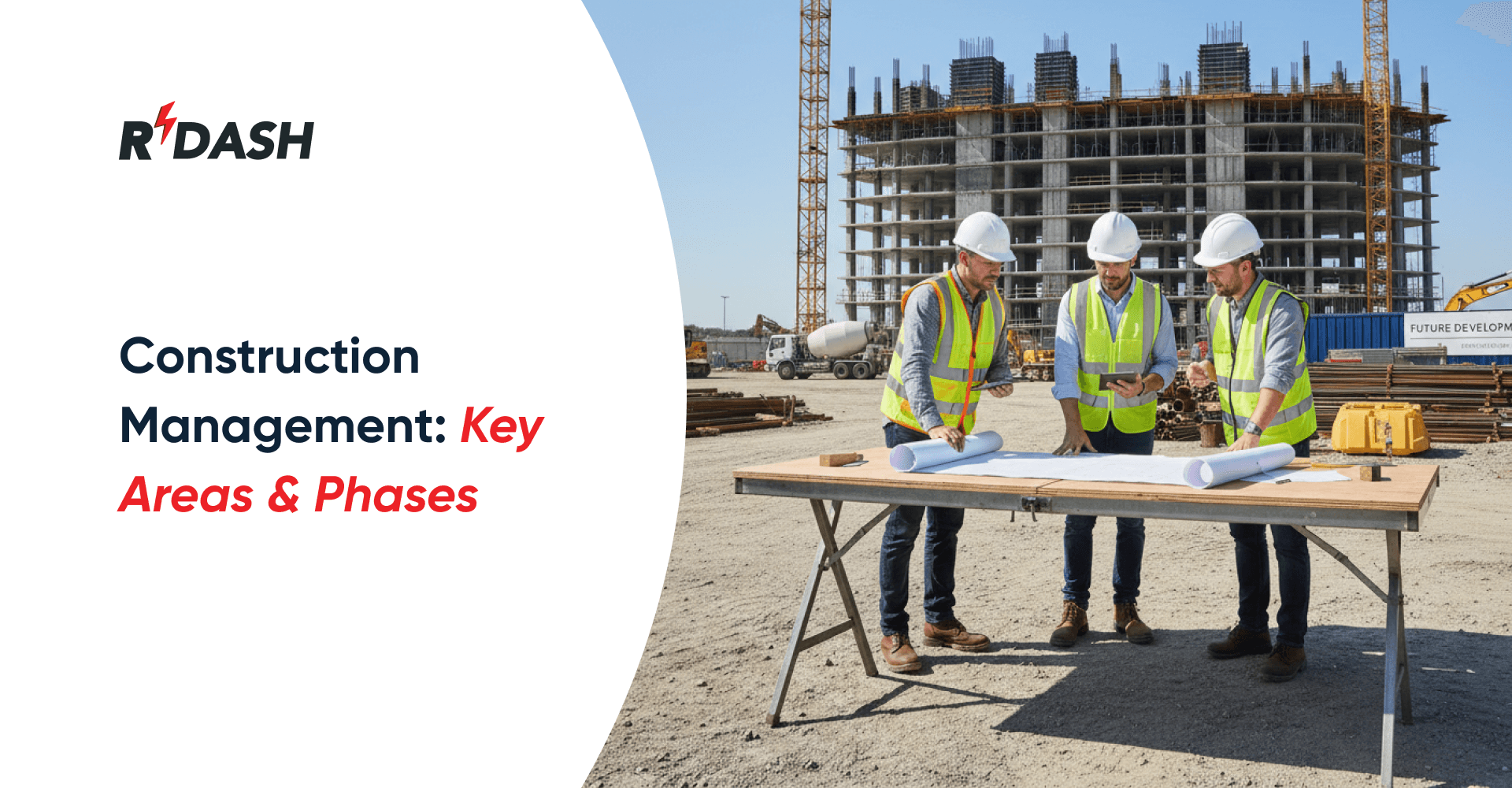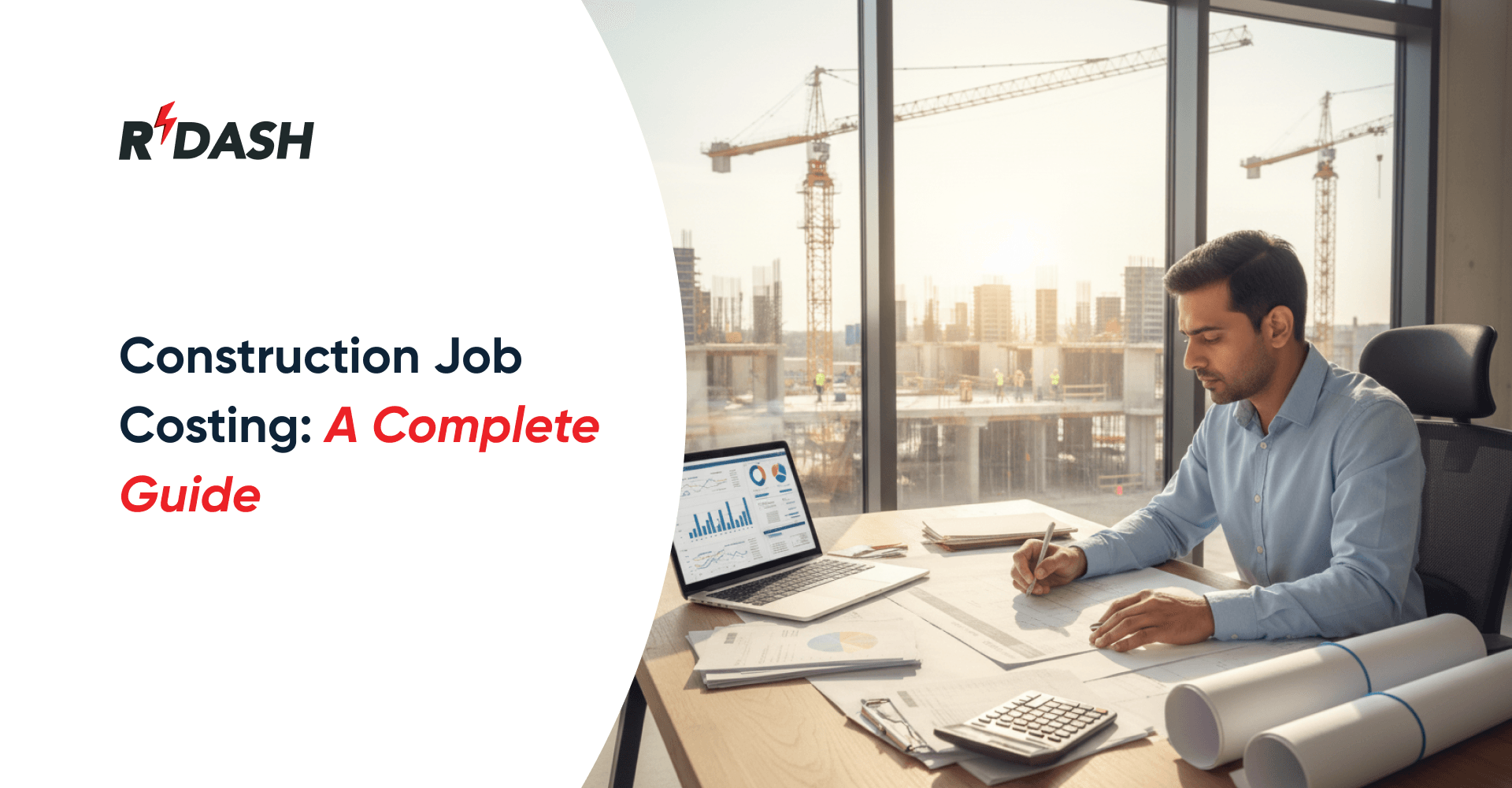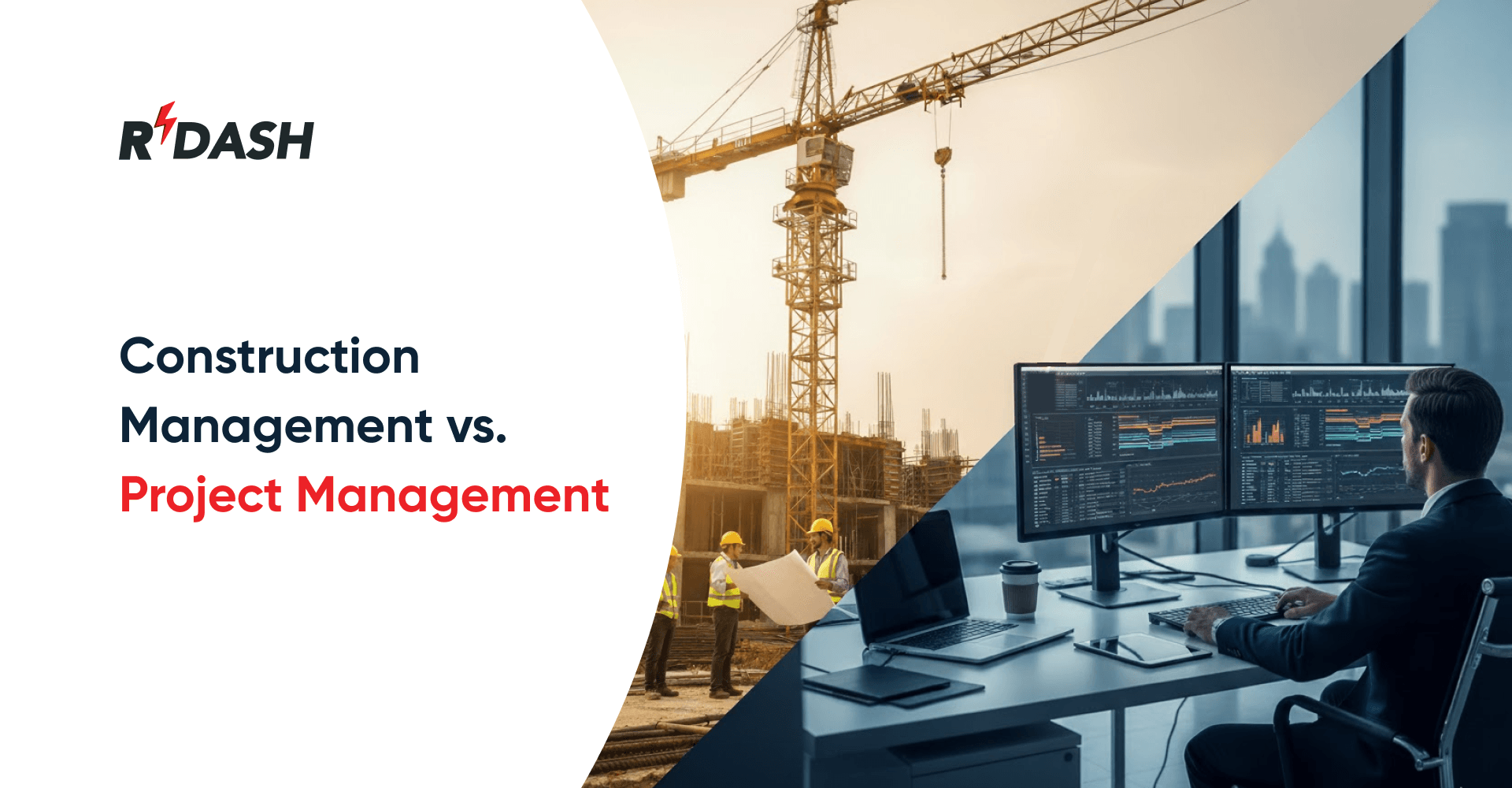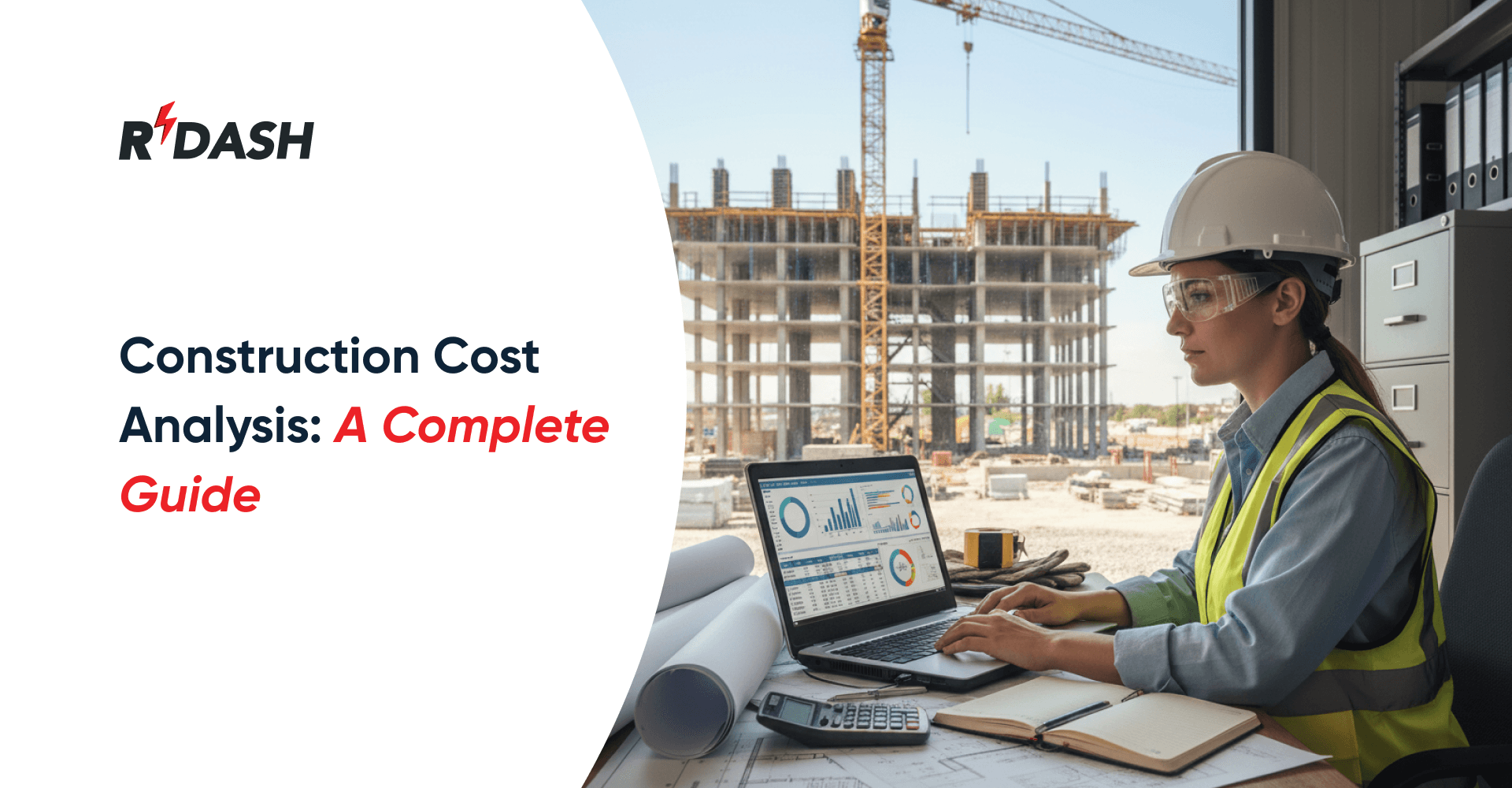What Is Construction Management?
Construction management involves the planning, coordination, and supervision of construction projects from inception to completion. The main goal is to ensure that the project is completed on time, within budget, and to the required quality standards. Construction managers act as the bridge between the client, contractors, and other stakeholders, ensuring smooth communication and the efficient execution of the project.
In essence, construction management involves a range of tasks, including planning, resource allocation, budget management, and risk control. Whether it’s a small renovation or a large-scale building project, construction management helps ensure that all aspects of the project run smoothly, minimizing disruptions and delays.
Construction Management Phases
Construction management is broken down into several key phases. Each phase has its own set of tasks and objectives that are essential for the successful completion of the project. Let’s take a look at the main phases involved:
Pre-Construction Phase
The pre-construction phase is the planning stage, where everything is set up for the project. It involves understanding the project’s goals, defining the scope, and creating a clear plan for how the project will be executed. Some of the key tasks during this phase include:
Project Design: Architects and engineers develop the design, ensuring it aligns with the client’s vision and meets regulatory requirements.
Budgeting: A detailed project budget is created, including the cost of materials, labor, permits, and other expenses.
Scheduling: A timeline is developed that outlines when each phase of the project will occur.
Permits and Approvals: Necessary permits and approvals from local authorities are obtained before construction begins.
This phase is essential as it lays the groundwork for the entire project. Proper planning helps identify potential risks and challenges before work begins, allowing for a smoother construction process.
Procurement Phase
Once the project is planned, the next step is procurement. This involves securing the materials, equipment, and contractors needed to complete the project. Key tasks in this phase include:
Contractor Selection: The construction manager selects the best contractors for the project, ensuring they have the necessary skills, experience, and resources.
Material Procurement: Materials are sourced from suppliers, and the construction manager ensures that everything is delivered on time.
Subcontractor Coordination: Subcontractors may be hired for specialized tasks, and it’s the construction manager’s job to ensure they work together effectively.
This phase focuses on bringing all the necessary resources together, ensuring that the project has everything it needs to move forward.
Construction Phase
The construction phase is where the actual building or renovation work happens. During this phase, the construction manager ensures that work is done according to the plan, on schedule, and within the budget. Key tasks include:
Project Coordination: The construction manager coordinates all aspects of the project, ensuring contractors and subcontractors work efficiently.
Quality Control: The manager ensures that the work meets the required quality standards and that materials are used properly.
Monitoring Progress: The construction manager regularly checks on the progress of the project to ensure it stays on schedule. Any delays or issues are addressed quickly.
Safety Management: Safety is a top priority, and the construction manager ensures that all safety protocols are followed on-site.
This phase involves hands-on management to keep the project moving forward and avoid potential problems. It’s the most active phase and requires constant attention to detail.
Post-Construction Phase
After the construction is finished, the project transitions into the post-construction phase. This phase involves finishing touches, handovers, and ensuring everything is in place for the client to take possession of the completed project. Key tasks during this phase include:
Final Inspections: A thorough inspection is conducted to ensure everything is completed as per the plan and meets the required standards.
Handover: The project is handed over to the client, and they are given all necessary documentation, such as warranties and maintenance instructions.
Project Closure: The construction manager closes out the project by ensuring all financials are settled, and any remaining tasks are completed.
The post-construction phase marks the end of the project, but it’s important for ensuring that everything is finished correctly and that the client is satisfied.
Key areas of construction management
Construction management covers various important aspects to ensure a project runs smoothly and meets its goals. The key areas include:
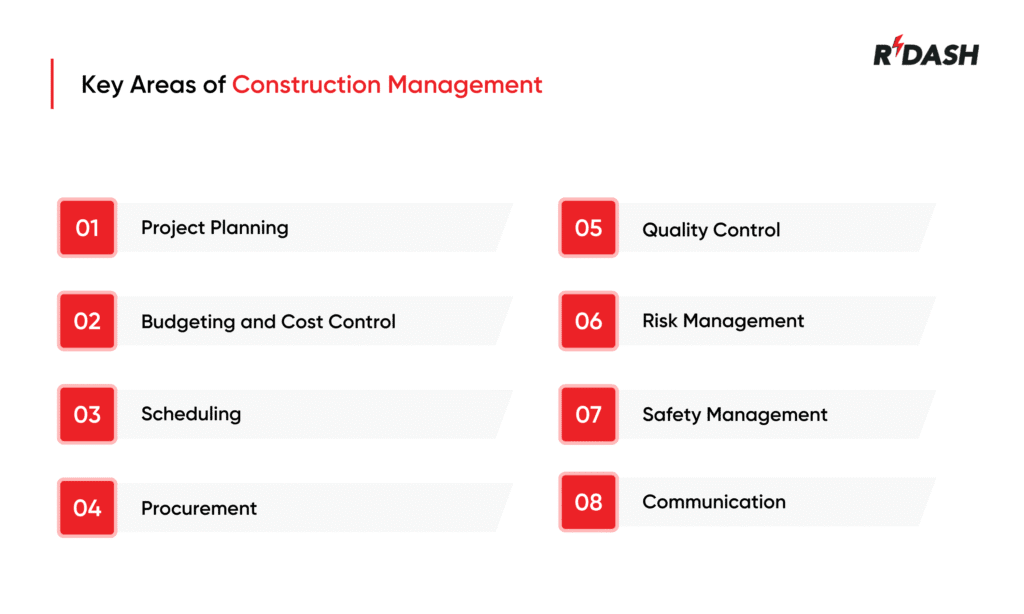
- Project Planning: This is the foundation of any construction project. It involves outlining the project scope, setting goals, creating timelines, and determining resources needed.
- Budgeting and Cost Control: Proper budgeting helps ensure that a project stays within financial limits. Cost control involves tracking expenses, managing cash flow, and identifying cost-saving opportunities.
- Scheduling: Creating a detailed timeline of tasks is critical to ensure that work is completed on time. Scheduling involves allocating resources, setting deadlines, and managing dependencies between tasks.
- Procurement: This area focuses on sourcing materials, hiring contractors, and managing supply chains to ensure that everything needed for the project is available when required.
- Quality Control: Ensuring that the construction work meets all required standards and specifications is crucial for a successful project. Quality control involves inspections and testing to maintain high standards.
- Risk Management: Identifying potential risks, such as delays or safety concerns, and creating strategies to mitigate them is an essential part of construction management.
- Safety Management: Construction sites can be hazardous, so ensuring a safe working environment for all workers is a top priority. Safety management involves creating safety protocols and monitoring compliance.
- Communication: Effective communication between all stakeholders, including contractors, suppliers, and clients, ensures smooth project execution and prevents misunderstandings.
How RDash can help in construction management
RDash is a powerful construction management software designed to streamline the entire project lifecycle. Here’s how it can help:
Centralized Project Management
RDash centralizes all aspects of project management into one platform. From budgeting and procurement to scheduling and progress tracking, construction managers can oversee every part of the project in a single interface. This centralization provides a complete view of the project’s health, making it easier to spot potential delays or issues before they escalate.
Activity Schedule Feature
RDash’s Activity Schedule feature allows construction managers to create, monitor, and adjust project timelines in real time. It helps break down the entire project into manageable tasks with specific deadlines, ensuring that work is completed on time. The WBS (Work Breakdown Structure) functionality within the Activity Schedule helps organize tasks hierarchically, making it easy to track project progress, dependencies, and deadlines.
Real-Time Collaboration
The platform enables better communication between all stakeholders, ensuring that everyone is on the same page regarding progress, timelines, and resources.
One-Click Daily Progress Reports (DPRs)
With RDash, generating Daily Progress Reports (DPRs) is as simple as a click. This feature automates the process, saving time and ensuring that daily updates are consistent and accurate. Project managers can instantly see the progress of tasks, work completed, and any delays, which aids in keeping the project on track and provides stakeholders with up-to-date information.
Resource Allocation
RDash helps manage resources effectively by tracking the availability and allocation of materials, labor, and equipment to avoid shortages and delays.

